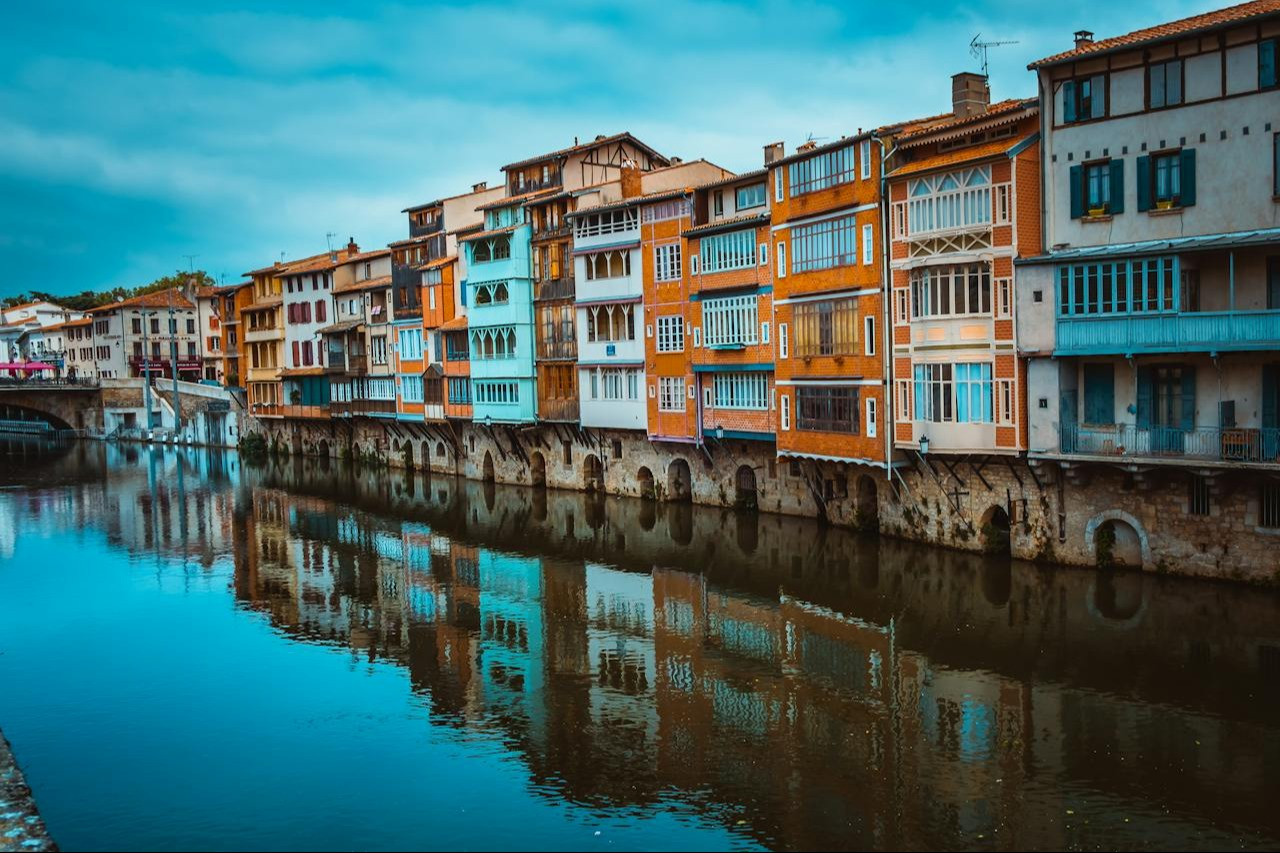1. Visit Castres museums
Castres is a colorful city with a rich cultural heritage. After landing at Castres-Mazamet airport, don't miss out on its museums during your stay.
The Goya Museum
Art lovers will appreciate the Musée Goya, which boasts a collection unique in France, entirely dedicated to Hispanic art. The museum features three major works by Goya: The Philippine Junta, The Self-Portrait with Glasses and The Portrait of Francisco del Mazo, as well as other engravings by the Aragonese master.
The exhibition program also includes masterpieces by famous Hispanic artists such as Picasso, Murillo and Velázquez. The Goya Museum is housed in a building dating from the 17th century. It is the former episcopal palace, built between the river Agout and the Roman tower of Saint-Benoît at the request of the bishop of Castres.
Jean Jaurès Museum
As the birthplace of this famous tribune, it was only natural that Castres should dedicate its Centre National et Musée Jean Jaurès to the work of this French politician. The chronological tour retraces the life of this native of the region, born in Castres in 1859 and assassinated in Paris in 1914.
Photographs, press clippings, films, panels and caricatures bear witness to the many battles waged by Jean Jaurès, who was elected France's youngest deputy at the age of 26.
2. How to get to the Théâtre de Castres
Just opposite the Musée Goya, you can appreciate an exceptional building in the purest Rococo style. Inaugurated on April 17, 1904, the Théâtre de Castres is the work of architect Joseph Galinier, a pupil of the famous Nicolas Garnier, designer of the Paris Opéra.
If the site is imposing on the outside, it is also remarkable on the inside, with its paintings and dome painted by Jean-Paul Laurens.
With its excellent acoustics, the Théâtre de Castres offers a cultural program featuring plays and operas, as well as dance, circus and concerts...
3. Stroll through the Jardin de l'Évêché
Near the Musée Goya and the Théâtre de Castres, take time out for a stroll through the Jardin de l'Évêché. Classified as a Historic Monument in 1995 and a Remarkable Garden in 2004, it is the work of André Le Nôtre, King Louis XIV's gardener, who designed the gardens of the Château de Versailles.
As you stroll through this formal garden, you'll appreciate one of the few remaining parterres de broderie in France. Bordered by the River Agout, the parterre is laid out in 4 compartments with boxwood arabesques ending in sustained scrolls crowned with palms and volutes. A fountain and a basin form the central axis of this ensemble, which has been preserved in its entirety.
4. Take a river stagecoach to discover the houses on the Agout river
It's not for nothing that Castres is nicknamed "Little Venice of Languedoc". Come aboard Le Miredames and enjoy a city tour along the water. Modeled on the old river stagecoaches, this tour boat takes you from the city center to the Parc de Gourjade.
A peaceful stroll that offers a special view of the houses on the River Agout. These pastel-colored, half-timbered houses, which you can see from the river banks, date back to the 13th century. Resembling a postcard setting, they also bear witness to Castres' industrial past. The town was a renowned textile center. The houses on the river Agout were once workshops for weavers, tanners and dyers...
From the tour boat, you'll have a front-row seat to the vast stone cellars on which the houses are built. These cellars open directly onto the water through ogival-shaped doors.
5. Stroll through Gourjade Park
The "coche d'eau" can take you directly to the Gourjade park. But you can also reach this 53-hectare natural area by other routes. Located on the outskirts of Castres, this open-access area is considered the city's green lung.
It's the ideal place to relax and enjoy outdooractivities after landing at Castres-Mazamet airport. An opportunity to improve your swing at the Gourjade golf course, for example.
Witness to the site's occupation since Neolithic times, you'll also find the Centre d'Études et de Recherches Archéologiques du Castrais, which presents the prehistoric remains of the Tarn.
6. Searching for shellfish on the pilgrimage route to Santiago de Compostela
Castres is ideally situated on the road to Arles. As such, the town is a stopover point between two sections of the Camino de Santiago de Compostela. Arriving in Castres marks the end of the Boissezon-Castres stage, while leaving represents the start of the Castres-Dourgne stage.
Pilgrims are guided along this path by the yellow shells that serve as beacons. When visiting the town, you can see various representations of this shell, including several fountains that have adopted its shape.
7. Attend a rugby match at Castres stadium
On the sporting front, the town stands out for its rugby club, the legendary Castres Olympique. Founded over 100 years ago, the club has preserved its colors and values, winning the Brennus Shield 5 times.
During your stay in Castres, come and watch a demonstration of strength, courage and team spirit at a rugby match, if the opportunity arises.

